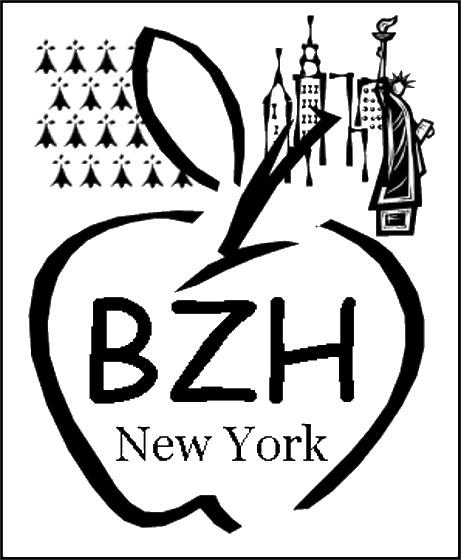Every year, a Breton piping band takes part in the big Saint-Patricks day parade in New York as, even if they are not as many as the Irish diaspora, the Breton community includes dozens of thousands of members, of which certain have been settled for more than a century.
Since the end of the Middle Ages, Breton people have visited the north American shores, but they only settle in a more permanent way at the end of the XIXth century. In the 1880's, some leave to work as gardeners or house servants on the east coast of the United States, and the movement increases with the opening, in 1901, of a Michelin factory in Milltown, 50 km from New York. Nearly 3 000 Bretons, originating from Gourin and Roudouallec, come to work and incite their parents and their friends to join them.
We find many also in the fabrication of silk in the west of New York or in metallurgy, in Pittsburg, where we count, in the in between-two-wars, three hundred families originating from Brittany. From this period and in the second half of the XXth century, certain amongst them open restaurants in New York, making the most of the celebrated French cuisine. Some make their fortunes, such as Miss Sévénant from Langonnet, owner of Brittany de jour, between 53rd and 54th streets. Others get rich from building, for example Yves Nedelec, from Châteauneuf-du-Faou, became a millionaire in building bungalows.
After the war, the Breton community structures itself and gets together during big celebrations such as that of the Duchess of Breton people of America. Football teams are constituted, and the Breton Stadium, which still exists today.
Some Bretons from New York are also represented in the cultural domain, following the example of the poet and singer Youenn Gwernig, who was a friend of the writer Jack Kerouac; leader of the Beat generation, who also had by the way distant ancestors near Huelgoat and voluntarily defined himself as being Breton.



